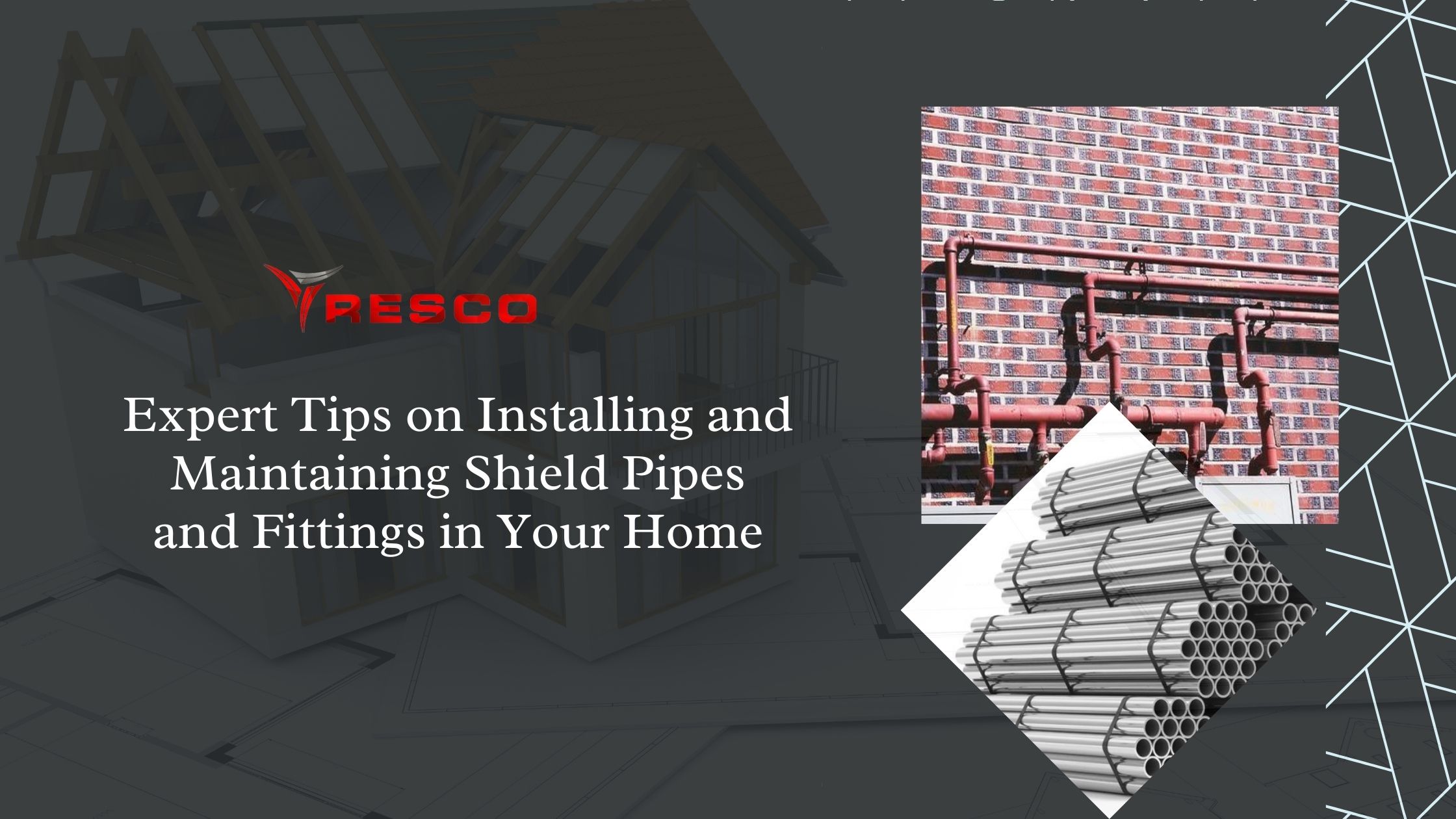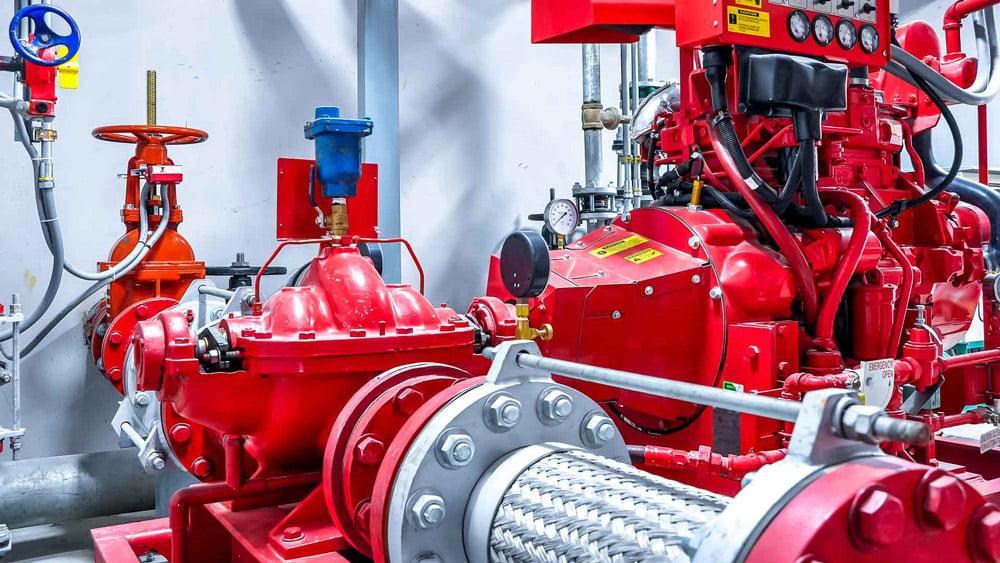Shield pipes and fittings are part of a home’s plumbing system that guarantees its flawless operation. Because of their exceptional resistance to corrosion, the pipelines and fittings can withstand even the harshest weather and offer long-term, economical solutions for the transportation of fluids and water. Also, the installation and well-maintained piping from a reputable pipe fitting supplier in Dubai is crucial in order to ensure their longevity and performance and should not be neglected. In this post, we will discuss the basic skills concerning shield pipe and fitting installation and maintenance in your home.
Fundamentals of Shield Fittings and Pipes
Shield pipes typically have a thick outer coating of PVC, HDPE, or metal to guard against physical harm or corrosion from the outside. These pipelines are generally found in exposed or subterranean locations subject to environmental factors such as soil erosion, dangerous chemicals, or physical impacts.
Expert Installation Tips from Pipe Fittings
Expert Tips on Installing and Maintaining Shield Pipes and Fittings in Your Home
Suppliers In Dubai
- Planning Phase: To optimize system efficiency and prevent future problems with debris that could eventually lead to blockages, pipe type, size, design, and fittings must be taken into consideration when designing the system.
- Pick Quality Materials: Only use top-grade restriction pipes with valves from trusted Pipe Fitting Suppliers in Dubai. Confirm the robustness of the materials and ensure their properties and reliability match or exceed industry standards.
- Appropriate Handling: The utmost priority in transportation is to keep pipe structures, joints, or other possible objects out of external view. This also indicates that their shells must not be opened or touched during delivery, retention, and installation.
- Site Preparation: Our first step is to remove all the trees, large stones, and brush from the mud auger so we can properly utilize it for disposing of the excavated materials. Be sure to backfill seals/closures properly and fill in all gaps to avoid overflow or erosion.
- Installation Tips: Install a set of shield pipes and fittings in full compliance with construction standards and the manufacturer’s requirements. Divert joint fitting and guaranteeing will give us peace of mind that there will be no leaks and that the piping will be fit and secured. Suggesting and juggling with the correct-sized pipe cutter are those two applications of customer safety.
- Protect Pipes and Fittings: In places where pipes have rusted away chemically, adhesives and coatings are considered to help protect pipe and fittings. It has the same ozone layer deterioration guard, which protects from repeated trouble without extra review or maintenance periods.
Expert Maintenance from Pipe Fittings Suppliers in Dubai
- Routine Inspection: At normal periods, look ahead to any indications of leaks, corrosion, or harm at the installations. Inspect the rubber hose meeting for any problems that might affect its power and performance, like corrosion, failing bonding, or leakages within the inner pipe or external defensive cover.
- Clean and Remove Debris: Ensure that the pipes or fittings are always clean of garbage or spinning debris that can cause clogging. Get rid of the old stock so you take much less time to buy new ones and have the proper tools for this job.
- Keep an eye on Pressure and Flow: Inspect all water treatment plants and water supply levels. The importance of this lies in the tool’s ability to detect non-conforming patterns, which may result in the detection of impending pipeline problems.
- Guard Against Physical Damage: The construction, excavation, and landscaping will provide the armor that makes the best suit. Watch for warning symptoms and safety constraints to be set up to avoid accidents and unfavorable underground pipelines.
- Maintain Appropriate Drainage: To make certain that the downspouts, drainage sewers, and rainwater gutters are all in excellent working order, make certain that the downspouts, drainage sewers, and rainwater gutters are all in proper working order. You need to make sure that the drainage structures, gutters and downpipes are operating nicely to drive water away from the pipework device.
- Seek Professional Assistance: If you are confused and don’t know how to handle the situation or what to do, do not hesitate to contact a local pipe fitting supplier in Dubai. A hired, experienced professional can, without difficulty, hit upon the trouble in its initial segment and take the important step to keep away from growing costs.
In a Nutshell:
Setting up and retaining a pipe and fitting gadget with a project in your home involves some steps, awesome capabilities, tools, and frequent inspections to ensure gold-standard performance and long-lasting pipes. By following specialized setup and maintenance protocols, homeowners can eliminate the hazards of leaks, corrosion, and structural damage to their plumbing structures, thereby extending the machine’s lifespan.


